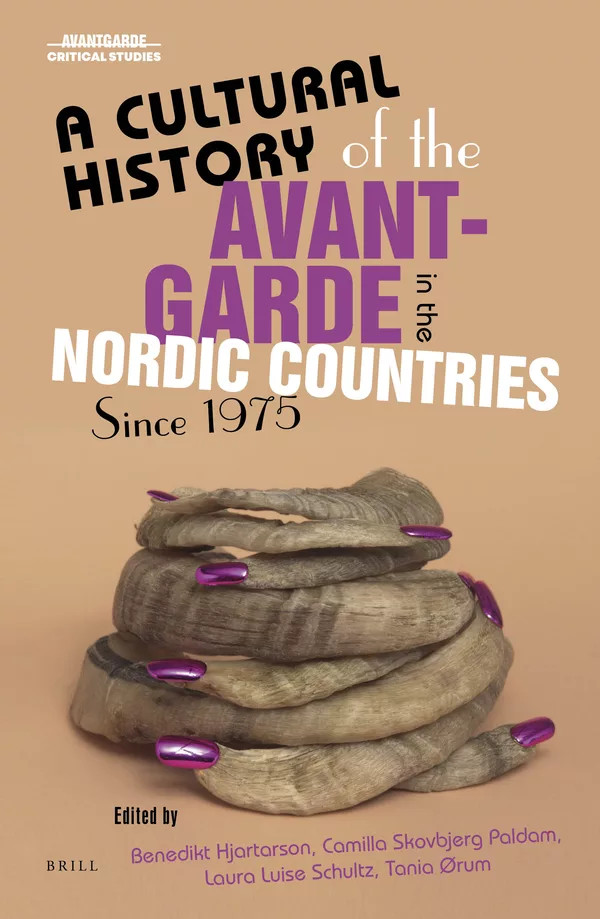“A BIGamist Bricoleur – The Postmodern Avant-Gardism of Bjarke Ingels”

"A BIGamist Bricoleur – The Postmodern Avant-Gardism of Bjarke Ingels." In A Cultural History of the Avant-Garde in the Nordic Countries Since 1975, edited by Benedikt Hjartarson, Camilla Skovbjerg Paldam, Laura Luise Schultz, Marianne Ølholm, and Tania Ørum, 936–954. Leiden: Brill, 2022, https://doi.org/10.1163/9789004515956_063 ISBN 9789004444560
Series: Avant-Garde Critical Studies ISSN 2214-0808
Abstract: Can Bjarke Ingels be considered an avant-garde architect? Discussing both built and written works by Ingels, this article argues that some aspects of Ingels's work – certain modernist typologies, motifs and planning proposals; certain ludic and improvisational approaches – suggest an affirmative answer, while other aspects of his work – the use of pop imagery, the return to representation, the acceptance of commodification and the strategic use of replication – confirm a postmodern, more conformist attitude to be at work. Ingels's fascination with the utopian possibility points to an avant-garde stance, yet his managerialist approach to architecture and the absence of an overarching project in his oeuvre position him outside of avant-garde culture. This article concludes that Ingels's production, in which accompanying discourse serves to direct interpretation of built works, is marked by a double allegiance to modernist and postmodernist strategies alike, leading to an ambiguous stance vis-à-vis the legacy of the historical avant-gardes.